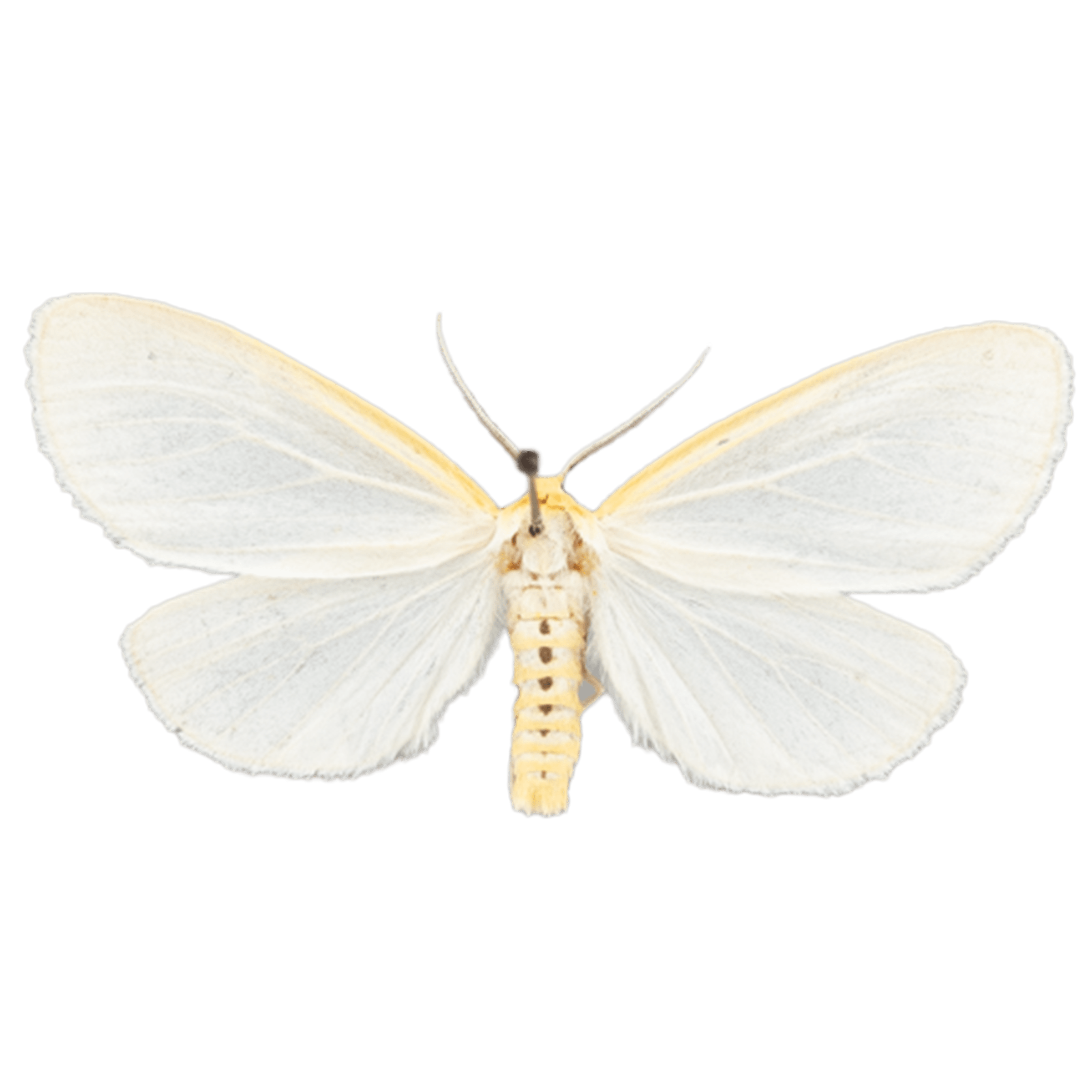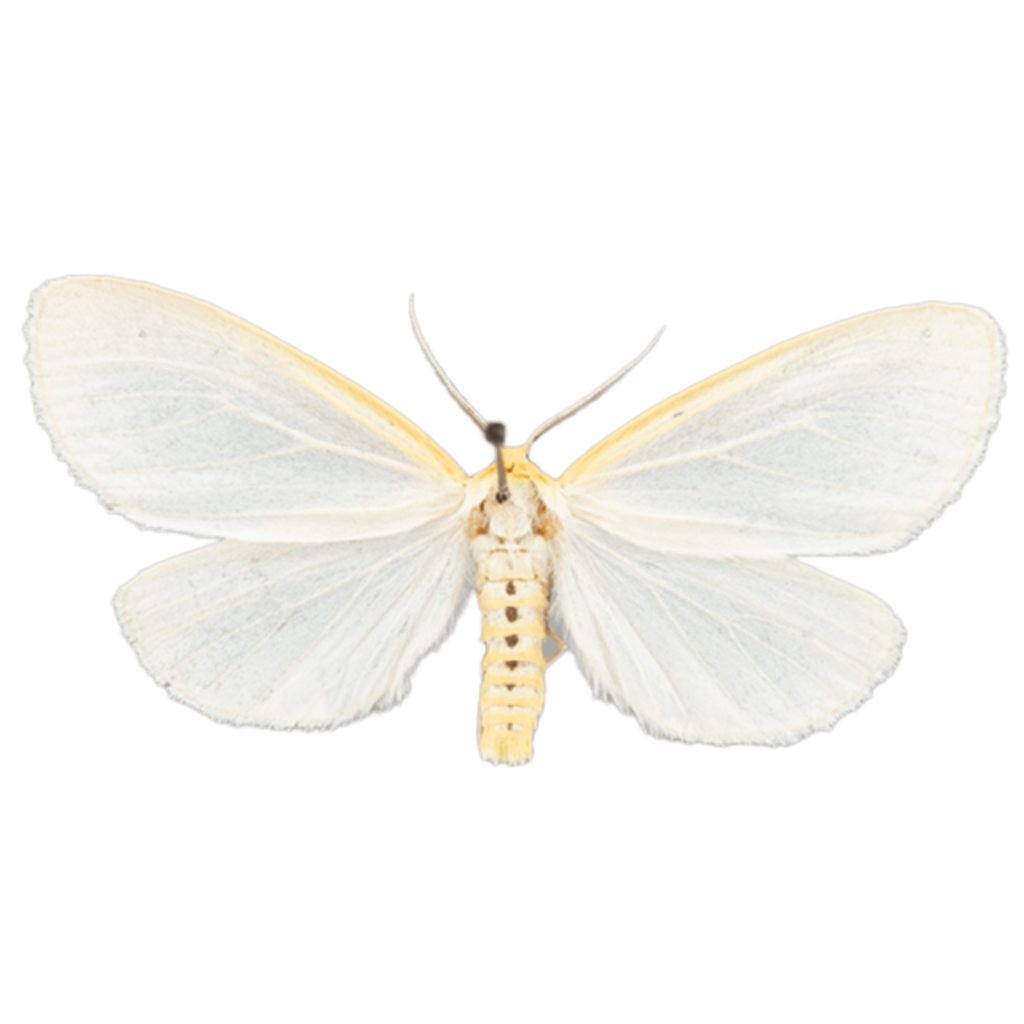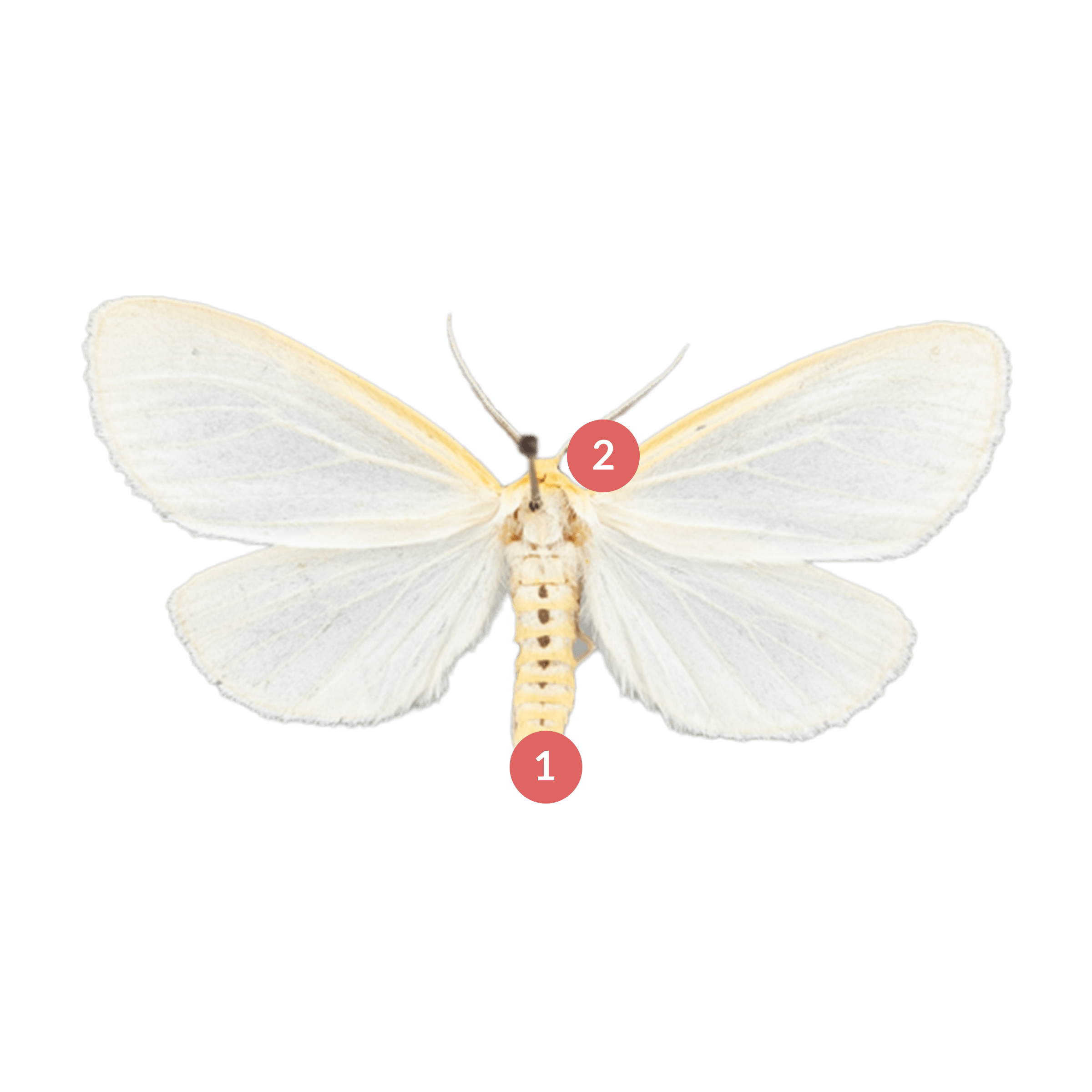About
Cycnia tenera, commonly known as the Delicate Cycnia, is a species of moth found in North America. It has a wingspan of up to 1.5 inches and is characterized by its delicate appearance and intricate black and white patterning. Its wings are mostly white with black markings, including a distinctive silver spot near the center of each forewing.
One interesting aspect of the Delicate Cycnia is the behavior of the male moth, which can make clicking sounds using a specialized structure on its wings to attract female mates. These sounds also serve to throw off predators, such as bats, by disrupting their echolocation.
Another notable feature of this species is its caterpillar, which has bright orange spikes along its back and feeds on the leaves of milkweeds. Like many other species of moths and butterflies, the Delicate Cycnia is dependent on milkweed plants for its survival.
Despite its delicate appearance, the Delicate Cycnia is a hardy species that can survive extreme weather conditions and even a certain amount of exposure to pesticides. Its striking appearance and unique mating behavior make it a fascinating species to observe in the wild.
deciduous forests, fields, meadows, and gardens


